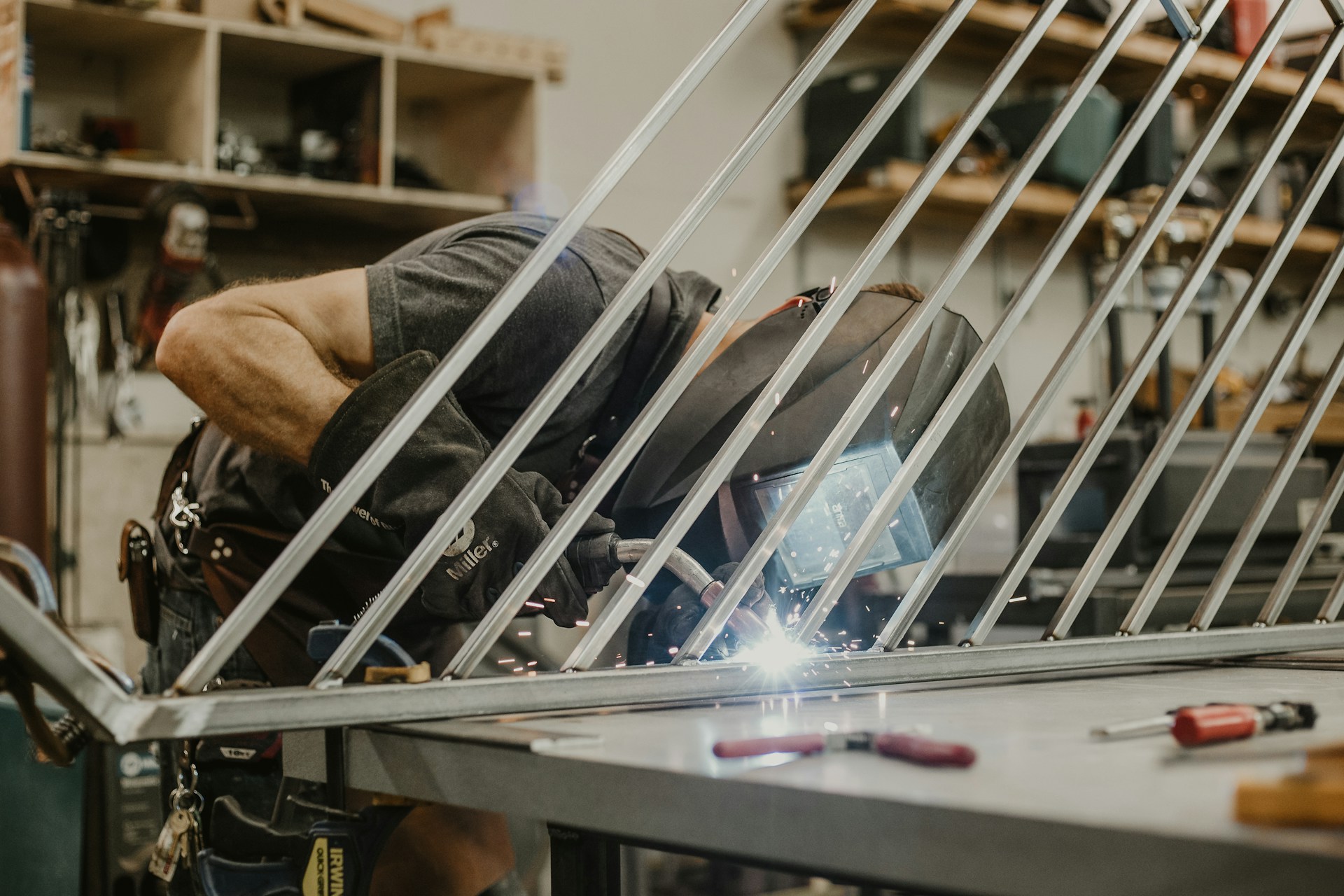Contents
Key Takeaways
- Metal fabrication is crucial in various industries, such as automotive, aerospace, and construction.
- Advanced technologies are continually evolving the metal fabrication processes.
- Understanding different metal fabrication techniques can help businesses choose the best method for their needs.
Table of Contents
- Introduction to Metal Fabrication
- Primary Techniques in Metal Fabrication
- Applications of Metal Fabrication
- Advancements in Metal Fabrication Technology
- Choosing the Right Metal Fabrication Method
- Future Trends in Metal Fabrication
- Conclusion
Introduction to Metal Fabrication
Metal fabrication refers to constructing machines and structures from raw metal materials. This dynamic industry involves various processes such as cutting, bending, and assembling to create the desired parts and structures. Metal fabrication is essential in the construction, automotive, and aerospace sectors and is thus pivotal in modern manufacturing. The methodologies and technologies used in metal fabrication have evolved dramatically. From essential hand tools to modern equipment such as CNC machines and laser cutters, the industry has consistently adjusted to fulfill the evolving requirements of different applications. This evolution enhances production efficiency and allows for greater precision and customization in manufacturing processes.
Primary Techniques in Metal Fabrication
Several techniques are utilized in metal fabrication, each suited for different applications and offering unique benefits:
- Cutting: Laser and plasma cutting are standard methods for achieving precise cuts in metal sheets. These methods are favored for their accuracy, speed, and ability to handle complex shapes. Laser cutting, in particular, allows for fine-detail work and leaves minimal waste, making it an environmentally friendly option.
- Bending: Bending metal sheets and bars commonly use press brakes and other machinery to achieve the desired angles and shapes. This process is critical in creating components that require specific geometric configurations, such as brackets, frames, and enclosures.
- Welding: This technique combines metal parts by melting the workpieces and adding filler material. It’s crucial for constructing robust and durable structures. Welding is used in various industries, from automotive repairs to building large infrastructure projects like bridges and tunnels.
Applications of Metal Fabrication
Metal fabrication finds its application in numerous industries:
- Automotive: Creating vehicle parts and assemblies that provide structural integrity and meet safety standards. The precision and strength of fabricated metal parts ensure the reliability and longevity of vehicles.
- Aerospace: Manufacturing structural components for aircraft requires high precision and compliance with strict safety regulations. The aerospace industry relies on metal fabrication to produce lightweight yet strong parts that withstand extreme conditions.
- Construction: This includes building frames and infrastructures such as bridges, office buildings, and residential homes where durability and strength are paramount. Metal fabrication in construction allows for creating complex structures that provide stability and safety.
Advancements in Metal Fabrication Technology
The field of metal fabrication is continually evolving with technological advancements. New methods and machinery, such as 3D printing and CNC machining, are bringing significant improvements in precision and efficiency. These advancements also help reduce waste and improve the overall environmental impact of manufacturing processes. Today, the metal fabrication landscape benefits from automation and digital technologies that streamline production processes. For example, CNC (Computer Numerical Control) machines allow for precise control of cutting, drilling, and milling tasks, which enhances accuracy and reduces the likelihood of human error. Additionally, advanced software programs enable the intricate design and modeling of parts before fabrication, ensuring that end products meet exact specifications.
Choosing the Right Metal Fabrication Method
Selecting the best metal fabrication method depends on several factors, including the type of metal, the design’s complexity, and the final product’s intended use. An example is laser cutting, which is perfect for detailed designs that need to be precise, compared to welding, which is better suited for making solid and long-lasting structures. Another important consideration is the production volume. High-volume production may benefit from automated techniques and machinery designed for mass fabrication. In contrast, custom or low-volume projects better suit manual methods or smaller-scale equipment. Cost implications also play a significant role, as some processes, such as advanced CNC machining, may be more expensive but provide better quality and precision.
Future Trends in Metal Fabrication
The future of metal fabrication looks promising, with ongoing innovations. Emerging trends are set to transform the metal fabrication landscape, driving manufacturing efficiency, accuracy, and customizability. For example, integrating IoT (Internet of Things) devices can facilitate real-time monitoring and control of fabrication processes. This level of connectivity allows for predictive maintenance, reducing downtime and improving overall productivity. Moreover, progress in materials science is leading to the creation of novel alloys and composites with improved characteristics, like higher strength and decreased weight, thus broadening the potential of metal production.
Conclusion
Metal fabrication is pivotal in modern manufacturing, providing the backbone for various industries. Understanding and leveraging the proper techniques and staying updated with technological advancements can significantly help businesses achieve their manufacturing goals. As we progress towards a more automated and technologically advanced future, the significance of metal fabrication will increase, making it a fascinating industry to monitor. Whether it’s constructing towering skyscrapers, building reliable vehicles, or crafting intricate aerospace components, metal fabrication has an undeniable impact on our daily lives. By embracing new technologies and continually refining fabrication methods, businesses can remain competitive and innovative in an ever-evolving marketplace.



